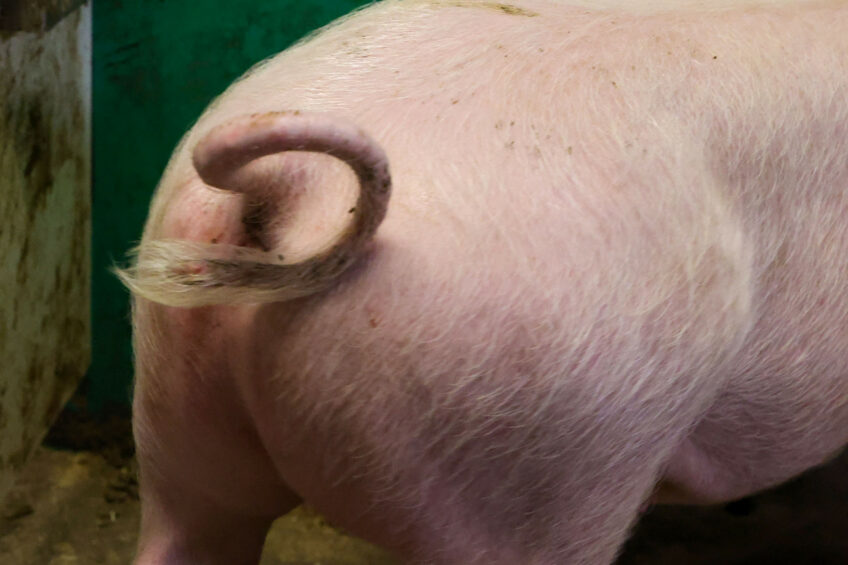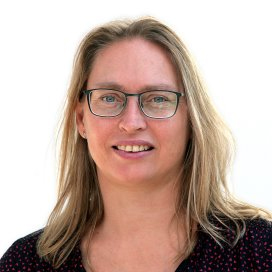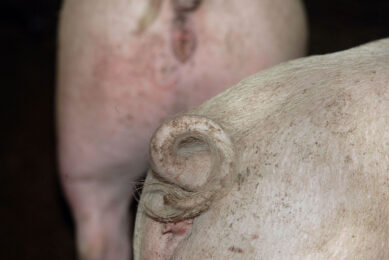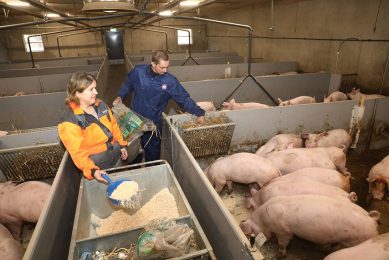New project: Using AI to keep pig tails long

A 3-year innovation project called ‘AI for a healthy, curly tail’ in the Netherlands aims to develop a monitoring system that identifies the risks of tail biting early on.
By using artificial intelligence (AI), the participating companies and organisations aim to intelligently combine data from the animals, the pig house, and the slaughterhouse. This will provide pig farmers with a tool to keep pigs with long tails in the future. The coordination of the process inside the pig houses is in the capable hands of the agricultural precision livestock agency Connecting Agri & Food.
Automatically analysing pig tails in the slaughterhouse
Project lead Angela van der Sanden is a specialist in smart farming, animal health and welfare at that very organisation. She commented: “During this project, we are collaborating with Utrecht University and Vion Food Group on the development of a monitoring system. For the data in the slaughterhouse, Vision Partners and Vion Food Group are working on a system that automatically analyses the tails of all carcasses for signs of tail biting.”
To develop a monitoring system, various measurements are tracked from weaning to slaughter. The condition of the curly tails is recorded, the barn climate is automatically measured, and the pigs’ behaviour is recorded using a smart camera system: where are the animals standing, sitting or lying down? Eating and drinking behaviour is also recorded. Sound and light intensity (in lux) are measured. In addition, the pigs’ technical performance is tracked.
Ultimately, all that data is combined with slaughter data, tail length and tail damage on the slaughter line. Van der Sanden said, “We use existing, easily applicable measurement methods, but we want to use AI to determine which values are normal and which are abnormal and pose an increased risk for tail biting.”
As an example, she mentions potential risks associated with fluctuations in temperature, differences in light intensity, or different lying behaviour.
Automatic notification to pig producers
Pig producers can automatically receive notifications on their smart barn dashboards if any deviations are detected in measurements. The participating pig farmers are also involved in another Vion project aimed at stopping tail docking, for which support is being provided. That means producers will only need to collect tail scores once. “The ultimate goal is to develop an affordable monitoring system for practical use,” noted Van der Sanden.









